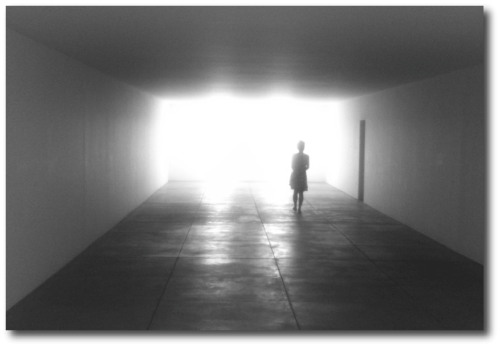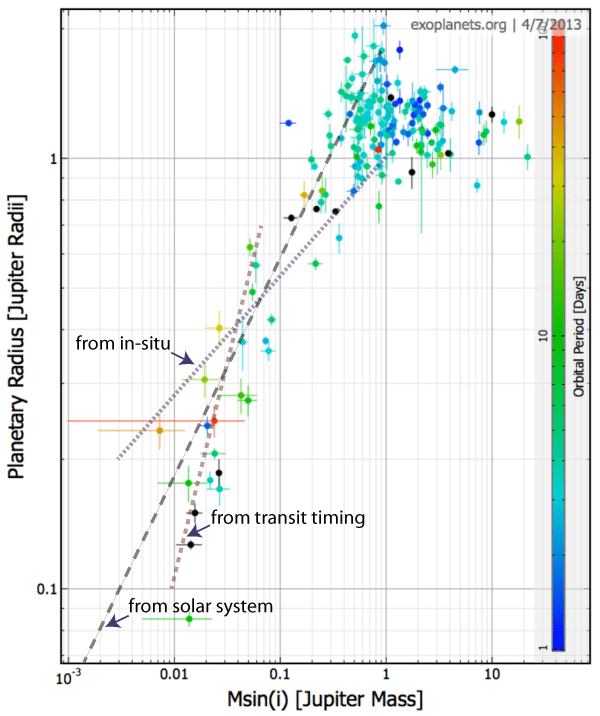This was no fruit of such worlds and suns as shine on the telescopes and photographic plates of our observatories. This was no breath from the skies whose motions and dimensions our astronomers measure or deem too vast to measure. It was just a colour out of space—a frightful messenger from unformed realms of infinity beyond all Nature as we know it; from realms whose mere existence stuns the brain and numbs us with the black extra-cosmic gulfs it throws open before our frenzied eyes.
H.P. Lovecraft, The Colour out of Space Amazing Stories, Vol. 2, No. 6 (September 1927), 557–67.
I’ve always thought that the Colour out of Space was H.P. Lovecraft’s best effort. One can argue about economy of expression, but the story is nearly unmatched in its attempt to confront — and imagine — the truly alien.
I think we currently have substantially less understanding of the extrasolar planets than is generally assumed. Thousands of planets are known, but there is no strong evidence that any of them bear a particular resemblance to the planets within our own solar system. There’s always a tendency, perfectly encapsulated by the discipline of astrobiology, with its habitable zones and its preoccupation with water — to make wild extrapolations into the complete unknown.
An interesting synopsis of much of what we do know can be gained by looking at the latest mass-radius diagram for the exoplanets. The number of planets with joint mass and radius determinations is growing rapidly, and the elastic virtue of a log-log plot fails to suppress the huge range in apparent planetary structures. To within errors, it appears that 6-Earth Mass planets range in radii by a factor of at least three. This is impressive, given that constant density implies R~M^{1/3}…
On the figure, I’ve plotted three potential mass-radius relations for super-Earths. This first (in Earth units) is the standard-issue M=R^{2.06} fit that one gets from the solar system planets (excluding Jupiter). The second (again in Earth units) is the vaguely alarming M=3R relation suggested by Wu & Lithwick’s transit timing analysis. The third mass-radius relation is what one might expect if planets form in-situ and accumulate low-density hydrogen envelopes around rocky cores. (Evaporative mass loss makes this more of an upper limit). Frustratingly, all three relations remain plausible.
It’s thus fantastic news that NASA’s TESS Mission has been selected for flight. TESS will find effectively all of the transiting Super-Earths orbiting the few million brightest stars, and with dedicated ground-based radial velocity follow-up, will — less than a decade from now — allow for a fantastically detailed version of the above plot.



With time, as more points are added particularly at the lower end of the scale, I’m tempted to think that this plot will develop with a ‘banded structure’ (e.g. the band in a stellar main sequence diagram) because of the huge range of apparent planetary structures.
It may well turn out that all the plots the three straight lines may fit in such a plot?
Interesting that the transit timing relation appears to miss the gas giants, and that in-situ seems to go straight through them. No idea if that has any kind of significance or what the implications of that would be.